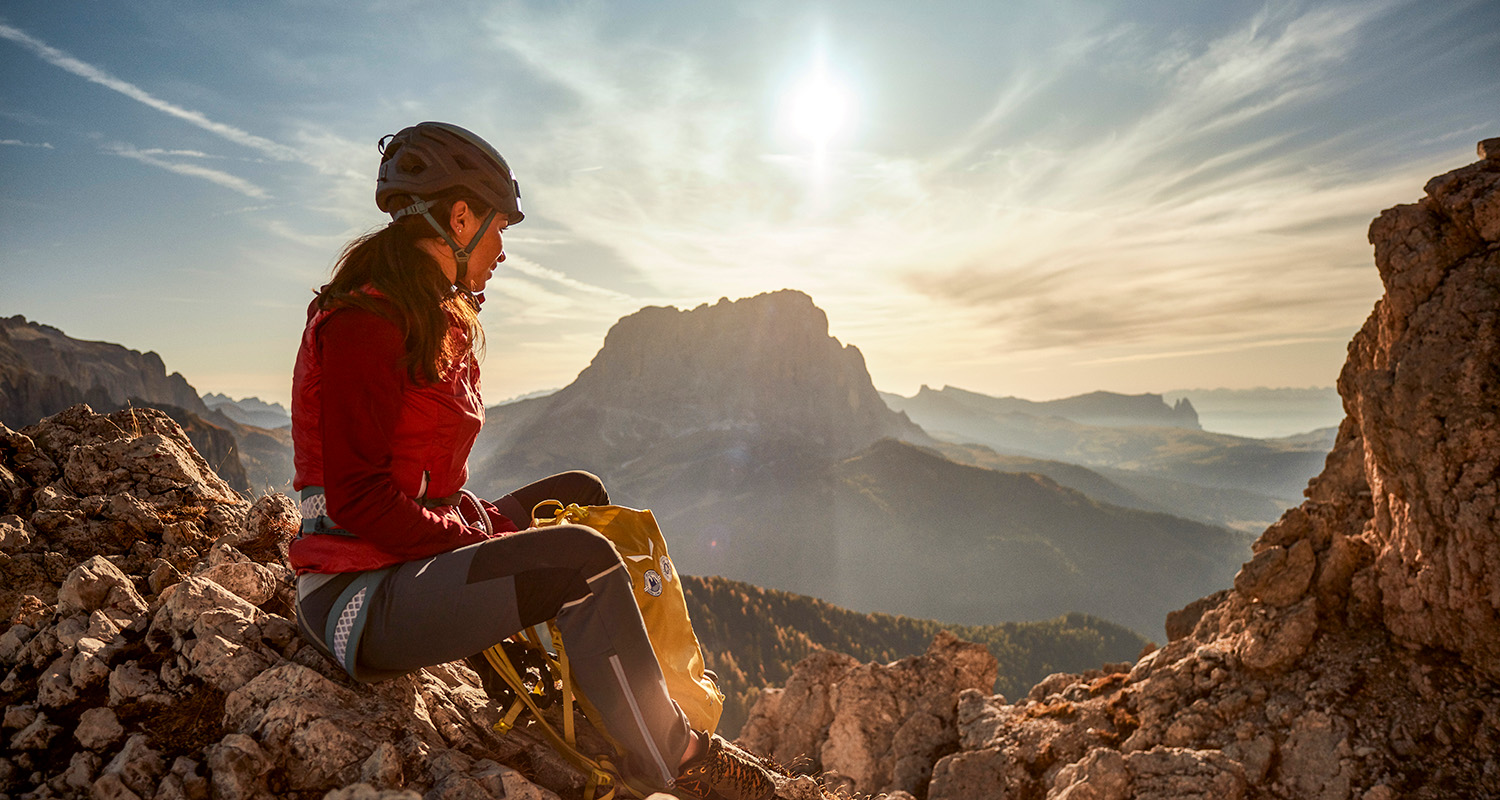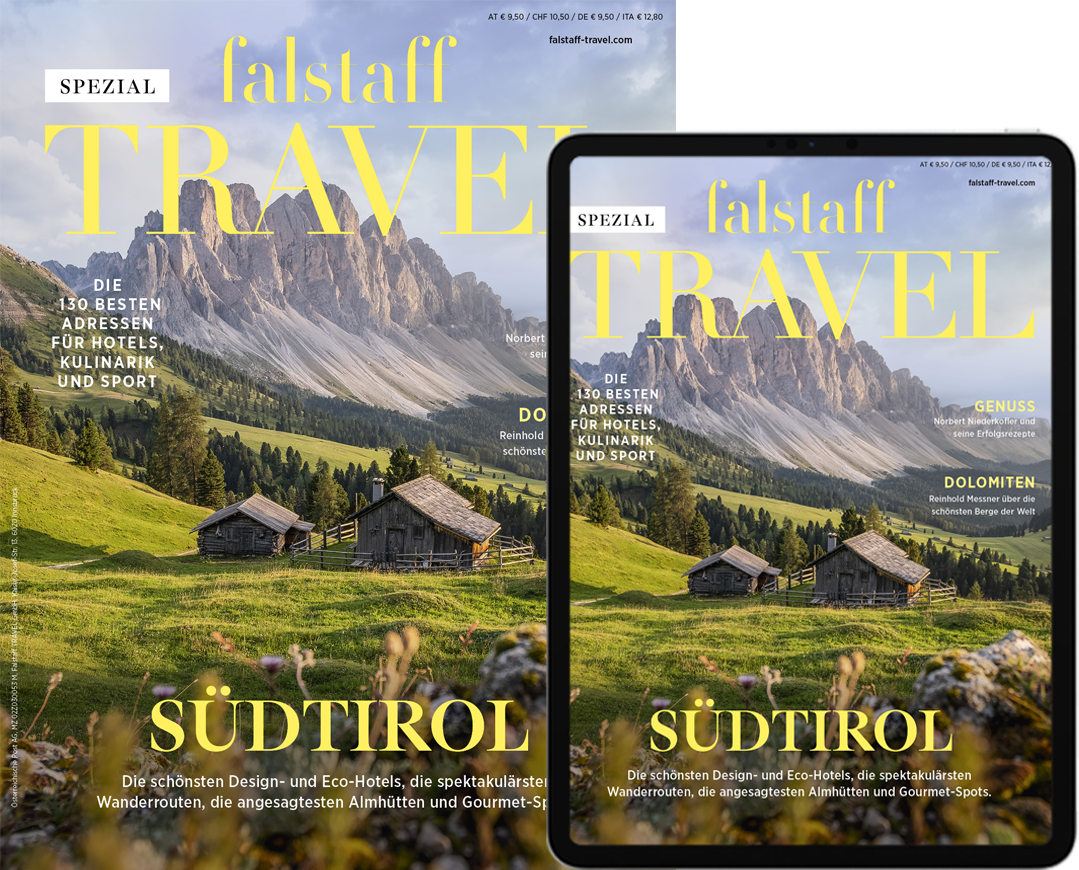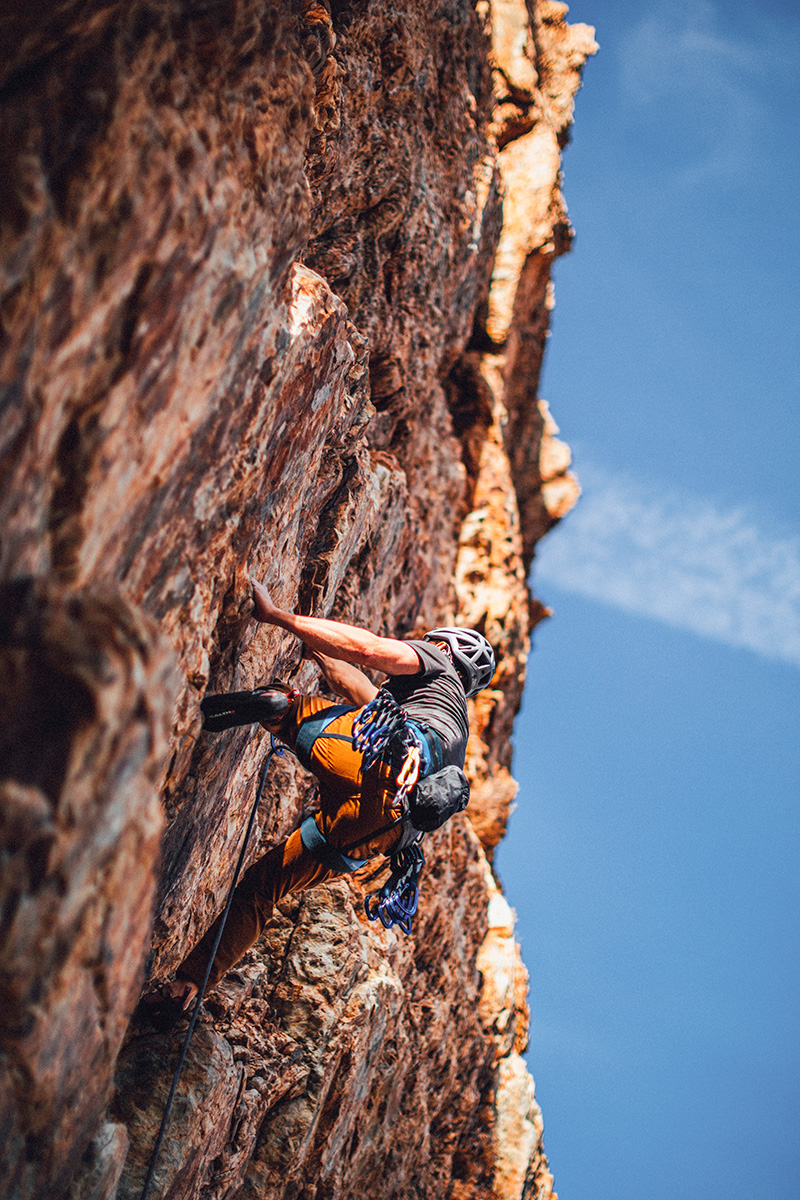
The Three Most Beautiful Via Ferratas in South Tyrol
Reaching the top of the world: once you've felt the exhilaration of climbing, you'll always want to go higher. The via ferratas of South Tyrol provide the remedy.
August 14, 2023
© Unsplash
Three Peaks
Difficulty: beginner's level
Suitable for: beginners, pleasure climbers with first experience and hard movers.
Around the Tre Cime di Lavaredo are some of the most spectacular via ferratas in the Dolomites, most of which are challenging to say the least. But it doesn't have to be a steep face: beginners can discover the joys of climbing in the Pragser Wildsee climbing garden. It's not one of the largest climbing areas in South Tyrol, but opens in the upper part (no longer easy to reach) a spectacular view over the deep blue lake and the peaks of the Braies Dolomites. Highlight: the climbing garden offers 15 tours in the difficulty levels 2 to 7+, so that even groups with participants of different experience horizons get their money's worth here. It can be reached on foot from the Braies Lake in half an hour - and offers a good reason to go vertical between enjoyable bathing days at the lake.
Cinque Torri
Difficulty: advanced level
Suitable for: sun climbers, pleasure climbers with stamina.
The Cinque Torri rock towers are among the most beautiful and impressive formations of Cortina and are one of the classic natural climbing areas in the Alpine region. Moreover, they are easily accessible by cable car. The steep wall on the west side of the Torre Grande (2,355 meters) is one of the most popular routes up, known as the mountain guide path (Via delle Guide), on the sunny side of the tower and, with a difficulty level of 4+, is suitable for slightly advanced climbers. Highlight: the 130-meter-long tour is demanding at the beginning due to an overhang - then it becomes easier until the summit plateau. Many climbers develop a special love for the towers because of the magnificent scenery; at Torre Grande there's another route, the Miriam climb, which is a bit longer and more difficult (5+), as well as the Dimai (6+), which branches off from the Miriam route.
Marmolada- south wall
Difficulty: expert level
Suitable for: sure-footed, giddy climbers with outstanding condition.
At 3,343 meters, the Marmolada is the highest mountain in the Dolomites and breaks off to the south in a two-kilometer-wide steep face that, in some places, is 800 meters high. This south face is also called the Queen of Walls, and indeed it resonates with a touch of awe. There's not only one path leading up from the Ombretta Valley - anyone climbing the south face of the Marmolada ridge is spoiled for choice. However, each option presents a challenge; there's not really an easy path ahead. Highlight: the path through the fish was even considered the most difficult tour of the Dolomites when it was opened. Here, the climber expects 1,300 meters of altitude, 13 hours are to be planned at least. The route Don Quixote, which is also the most popular, is considered easier. On the north side of the Marmolada is (still) the only major dolomite glacier.

This article appeared in the Falstaff TRAVEL issue South Tyrol Special 2023.


